- What it is Canada’s Greenhouse Gas Reporting Program (GHGRP) is a mandatory federal system for large industrial facilities to annually report their emissions.
- Who Reports Any facility that emits 10,000 tonnes (10 kt) or more of CO2 equivalent (CO2 eq) in a year must report.
- How to Report Companies submit their data through the online Single Window system, which is harmonized with several provincial reporting programs.
- Why it Matters The GHGRP data is not just for inventory. It is the administrative backbone for Canada's carbon pricing systems, like the federal OBPS and provincial programs, which have direct financial costs.
- The Big Picture This data is public and is used to track national targets and design future regulations, making it a key factor in your company's compliance, reputation, and climate strategy.
Canada's Greenhouse Gas Reporting Program (GHGRP): A Complete Guide
If your company operates in Canada, you've likely heard about the push for decarbonization, net-zero targets, and carbon pricing. One program at the center of these policies is Canada’s Greenhouse Gas Reporting Program (GHGRP).
Not reporting under this program can cause major compliance headaches. This blog breaks down exactly what the GHGRP is, who it applies to, and why it's a piece of regulation you need to understand.
Understanding the GHGRP and its impact on Canadian companies
Canada's approach to climate policy is a mix of federal and provincial rules. The GHGRP is a federal program, but it's designed to work in harmony with provincial systems. It was established in 2004 under the authority of section 46 of the Canadian Environmental Protection Act, 1999 (CEPA).
Think of it as the national system for collecting a specific type of data: greenhouse gas emissions from large industrial facilities.
What is Canada’s Greenhouse Gas Reporting Program (GHGRP)?
The GHGRP is a mandatory, annual reporting system managed by Environment and Climate Change Canada (ECCC). Its main purpose is to collect detailed greenhouse gas emissions data from the largest emitting facilities in the country.
This program has two primary goals:
- Provide a consistent, public inventory of greenhouse gas emissions from Canadian facilities.
- Supply the data needed to support other climate policies, like the federal carbon pricing system.
What is the GHGRP?
At its core, the GHGRP is an inventory. It requires qualifying facilities to calculate and report their emissions of carbon dioxide (CO2), methane (CH4), nitrous oxide (N2O), and other potent greenhouse gases.
This data is not just filed away. It is used to build Canada's National Inventory Report (NIR), which is submitted to the United Nations Framework Convention on Climate Change (UNFCCC). It's also published publicly, making facility-level emissions data accessible to everyone.
How does the GHGRP work?
The program operates on a relatively simple principle: if you emit over a certain amount (10,000 tonnes), you must report it.
The specific rules, deadlines, and methodologies are published on the Government of Canada website. This allows the government to update requirements as climate science and policy evolve.
For companies, the process is managed through a centralized online portal called the Single Window system. This platform is a key feature, as it streamlines reporting for companies that are subject to both federal and provincial reporting rules.
Several provinces, including Alberta, British Columbia, Ontario, and Saskatchewan, use this system. This allows a facility to submit one report that satisfies multiple jurisdictions, which helps reduce the administrative burden.
What are the requirements of the GHGRP?
The central requirement is the reporting threshold.
Since 2017, the threshold has been 10,000 tonnes (10 kilotonnes) of carbon dioxide equivalent (CO2 eq).
If your facility emits 10 kt or more of GHGs in a calendar year, you are required to submit a report. This was a major change from the previous 50 kt threshold, and it pulled many more medium-sized facilities into the program.
There are also a few special requirements:
- Carbon Capture, Transport, and Storage (CCTS): Facilities engaged in CCTS activities must submit a report detailing those operations, regardless of their total emissions.
- Expanded Reporting: Certain industrial sectors (like cement, aluminum, iron and steel, and petroleum refining) must follow specific, prescribed government quantification methods and report more detailed operational data. This is part of the program's expansion (Phases 1 and 2) to improve data quality and consistency.
When reporting, companies must provide:
- General facility and parent company information.
- Total GHG emissions, broken down by source category (e.g., stationary fuel combustion, industrial processes, flaring) or by gas type (carbon dioxide (CO2), methane (CH4), etc.)
- Activity-specific information.
- A Statement of Certification signed by an authorized company official.
When does the GHGRP become mandatory?
The program is already mandatory. The obligation to report is triggered for any calendar year that your facility meets or exceeds the 10 kt threshold.
The deadline for reporting is June 1 of the following year. For example, data for the 2024 calendar year must be reported to ECCC by June 1, 2025.
Who needs to comply with the GHGRP?
Compliance is required for any facility operator in Canada that meets the reporting criteria.
As of the 2023 reporting year, 1,862 facilities submitted reports.
These facilities are concentrated in a few key sectors that make up the bulk of Canada's industrial emissions:
- Mining, Quarrying, and Oil and Gas Extraction: 42% of reported emissions
- Manufacturing: 29% of reported emissions
- Utilities (primarily electricity generation): 20% of reported emissions
Geographically, the reporting is concentrated in industrial centers. Alberta accounts for 53% of all reported emissions, followed by Ontario (17%) and Saskatchewan (10%).
Why should you care about the GHGRP?
It can result in penalties
Non-compliance with the Greenhouse Gas Reporting Program (GHGRP), including failure to report, missing the submission deadline, or submitting inaccurate information, violates the Canadian Environmental Protection Act (CEPA). This will lead to a referral to enforcement staff and may result in enforcement action.
It is the foundation for carbon pricing.
The data collected by the GHGRP is the administrative backbone for Canada's industrial carbon pricing systems. This includes the federal Output-Based Pricing System (OBPS) as well as provincial programs like Alberta's Technology Innovation and Emissions Reduction (TIER) and Ontario's Emissions Performance Standards (EPS).
These systems set emissions-intensity benchmarks for facilities. If your facility emits more than its benchmark, you have to pay the carbon price on those excess emissions. If you emit less, you can earn credits.
Your GHGRP report provides the official, verified data used to determine your compliance and financial obligations under these pricing systems. An inaccurate report could lead to overpaying, or to significant penalties if you under-report.
It drives future regulations.
The federal government uses the GHGRP data to track progress toward its 2030 and 2050 net-zero targets.
When this data shows a gap, it's used to design new regulations.
The proposed federal cap on emissions from the oil and gas sector, for example, is entirely dependent on the GHGRP data to set limits and measure compliance. Understanding your reported data today gives you a clear view of your risk and exposure to future, stricter policies.
It impacts your company's reputation.
All GHGRP data is made public. This means investors, stakeholders, customers, and the general public can see your facility's emissions.
In an era of increasing pressure for corporate accountability, this data directly affects your brand. It's used in ESG (Environmental, Social, and Governance) ratings and can influence investment decisions. A high or rising emissions profile can be a serious liability.
How can Arbor help you with the GHGRP?
Arbor is a carbon accounting platform that helps companies accurately measure, manage, and reduce their carbon footprint.
Arbor’s platform gives you the tools to understand the full picture and take control of reporting facility-level emissions.
Easy compliance
Arbor’s experts will support you throughout the process to provide end to end compliance. The Arbor platform will automate data collection and provide insights, saving you time, resources, and reducing human error.
Identify your reduction opportunities
Our platform's hotspot analysis pinpoints the largest sources of emissions in your operations and supply chain. This allows you to focus your efforts and capital on the reductions that will make the most impact, helping you lower your exposure to carbon pricing.
Get trusted, accurate data
Arbor's platform provides trusted, accurate carbon data that you can use for regulatory compliance, marketing, and strategic planning. We help you build a credible, data-backed climate strategy that stands up to scrutiny from regulators and stakeholders.
The GHGRP is the starting line. Arbor helps you build the climate strategy to win the race.
Summary
Canada’s Greenhouse Gas Reporting Program is far more than a simple data collection exercise. It is the central, foundational pillar of the country's entire climate policy framework.
It mandates reporting from any facility emitting 10 kt or more of CO2 eq per year. This data is then used directly to power the federal and provincial carbon pricing systems that have a real, financial impact on your company.
Understanding your obligations under the GHGRP is essential for compliance. Using that data to build a smart, proactive climate strategy is essential for staying competitive.
Ready to see our platform in action?
Messen Sie Ihre CO2-Emissionen mit Arbor
Einfache, unkomplizierte CO2-Bilanzierung.
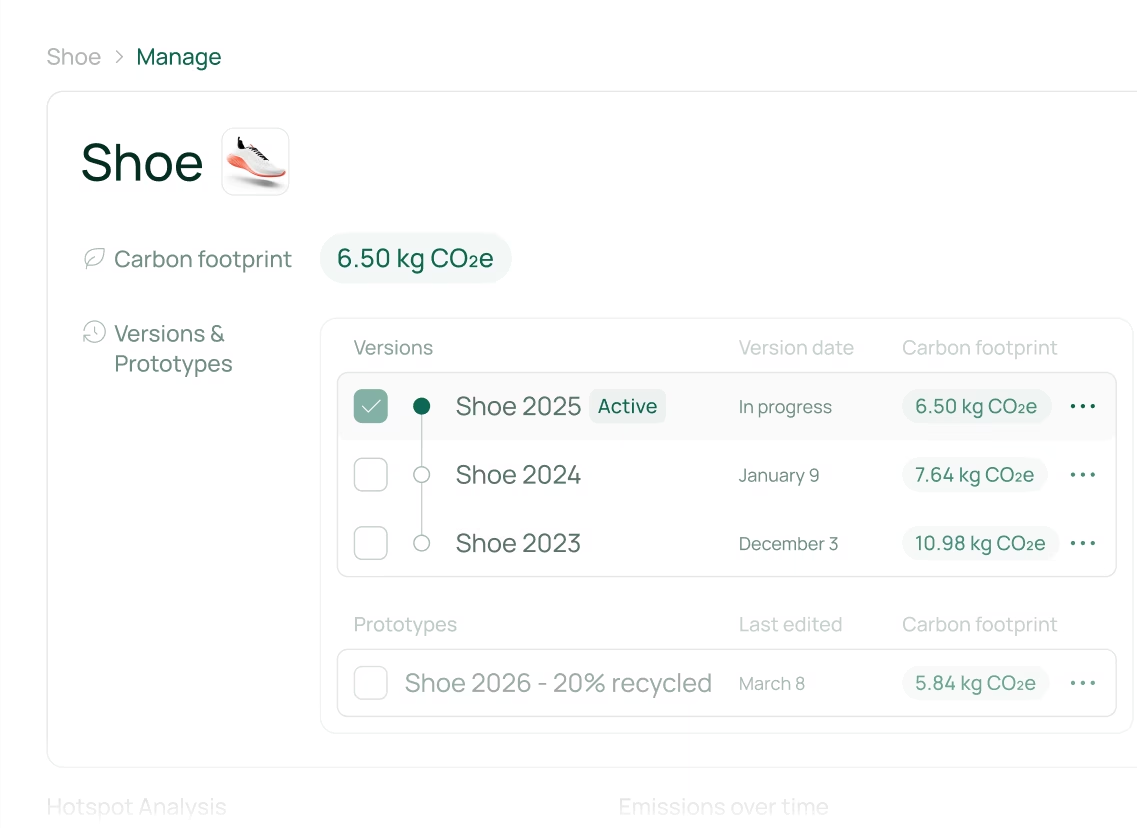
FAQ about Canada's Greenhouse Gas Reporting Program
What is the reporting threshold for the GHGRP?
The reporting threshold is 10,000 tonnes (10 kilotonnes) of carbon dioxide equivalent (CO2 eq) per year. If your facility meets or exceeds this threshold in a calendar year, you must submit a report.
What is the Single Window system?
The Single Window system is the online portal used for submitting GHGRP reports. It is a harmonized system that allows companies to file a single report to satisfy both federal and (in many cases) provincial reporting requirements, reducing administrative work.
Are GHGRP reports verified by a third party?
At the federal level, the GHGRP does not require reports to be independently verified by a third party. However, facilities must sign a Statement of Certification, and ECCC performs its own quality checks. Note that some provincial programs that use the Single Window data, like Ontario's EPS, do require third-party verification.
What is the difference between the GHGRP and a carbon price?
The GHGRP is a reporting program used to collect data. A carbon price (like the federal Output-Based Pricing System) is a market-based regulation that puts a cost on emissions. The GHGRP provides the data used to determine a facility's obligations under the carbon pricing system.


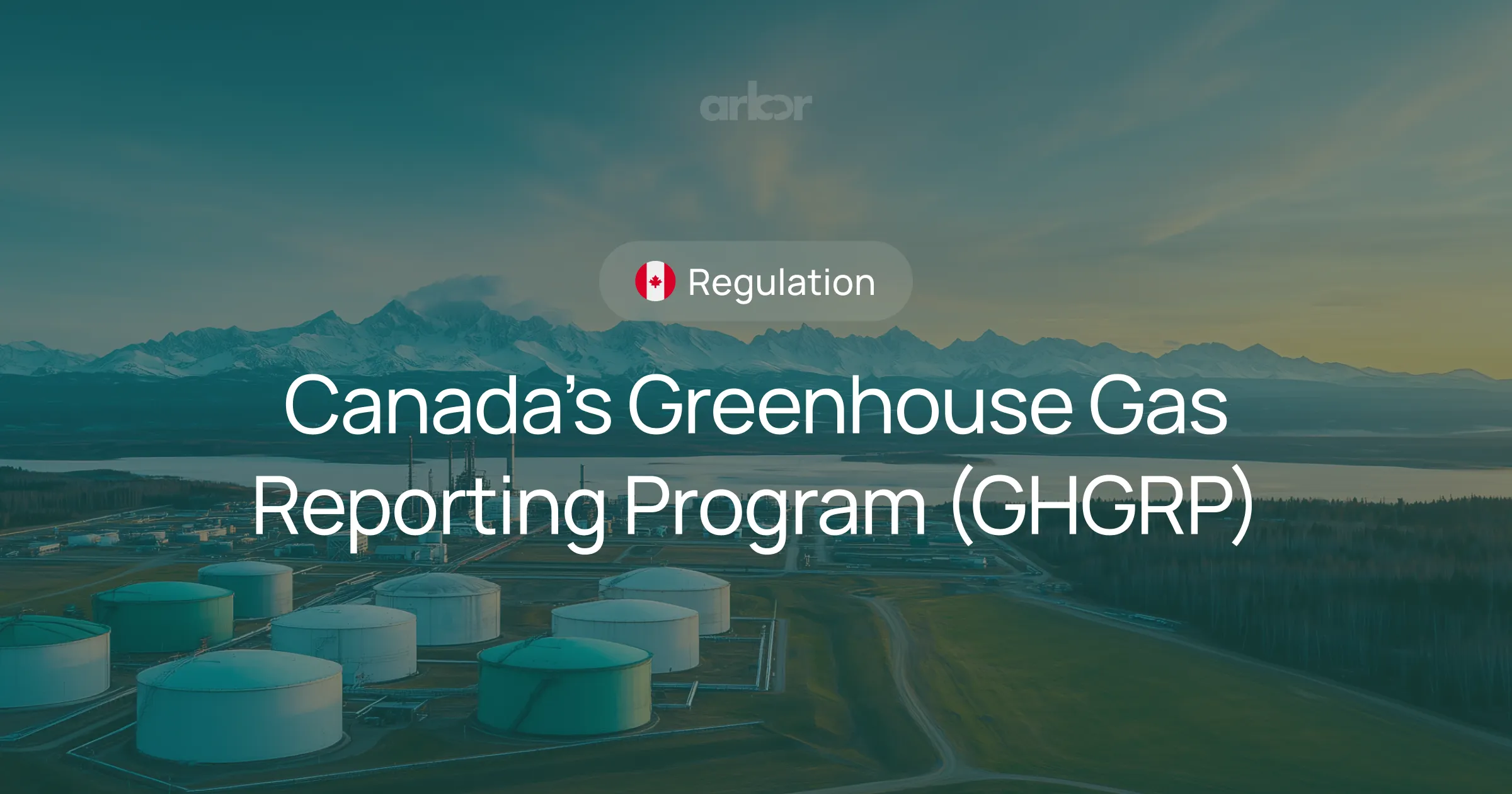

.webp)
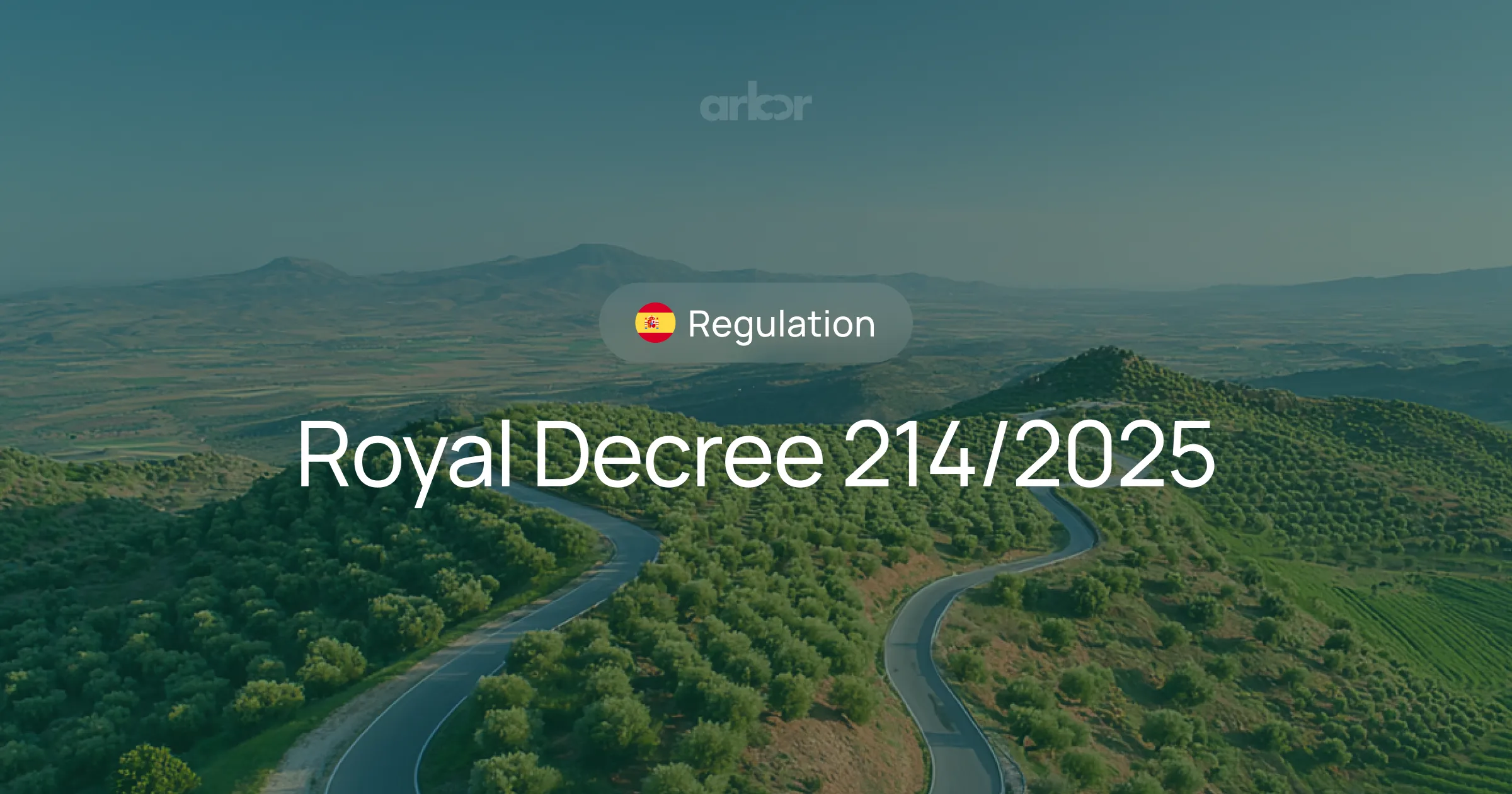
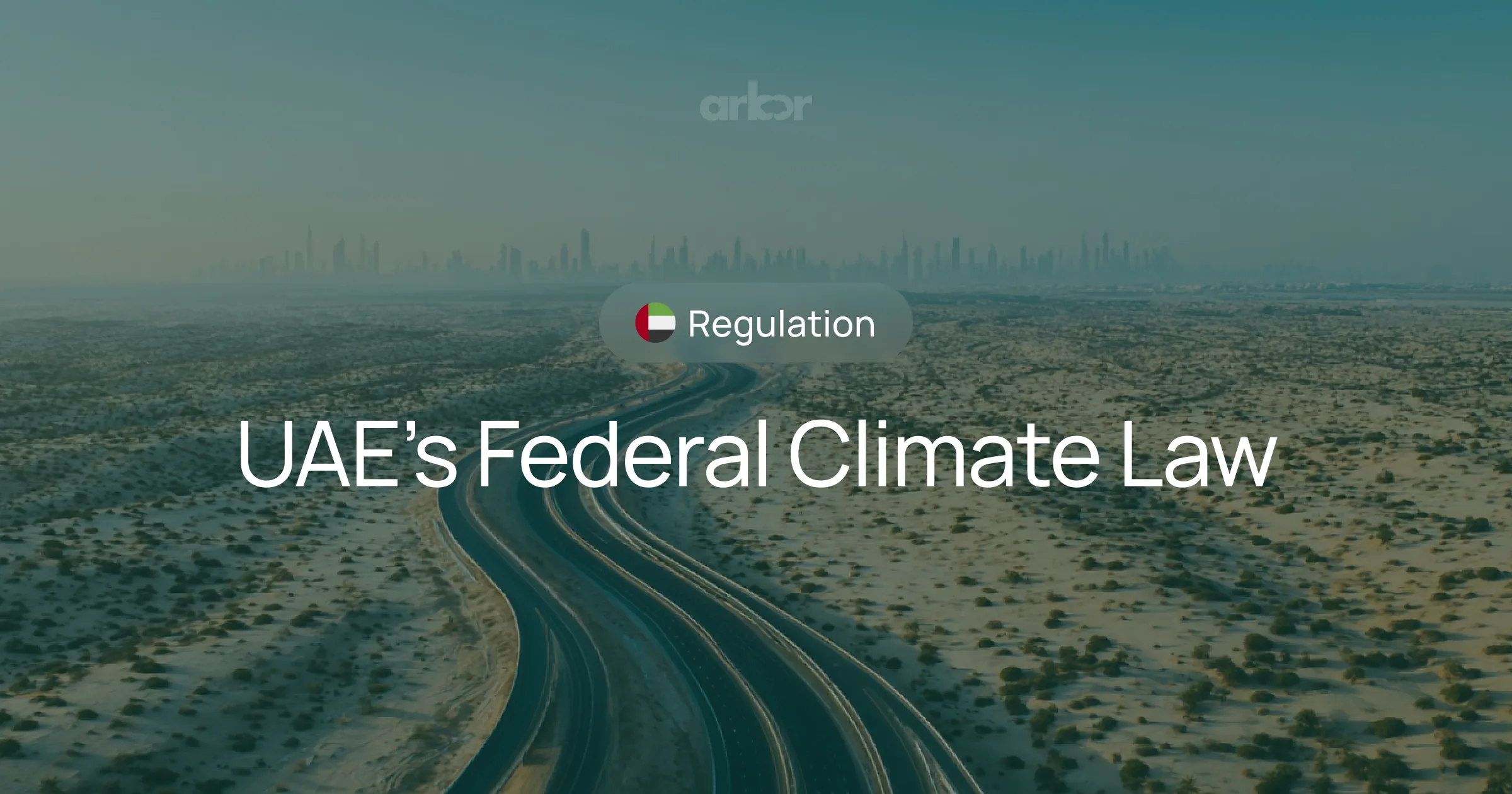
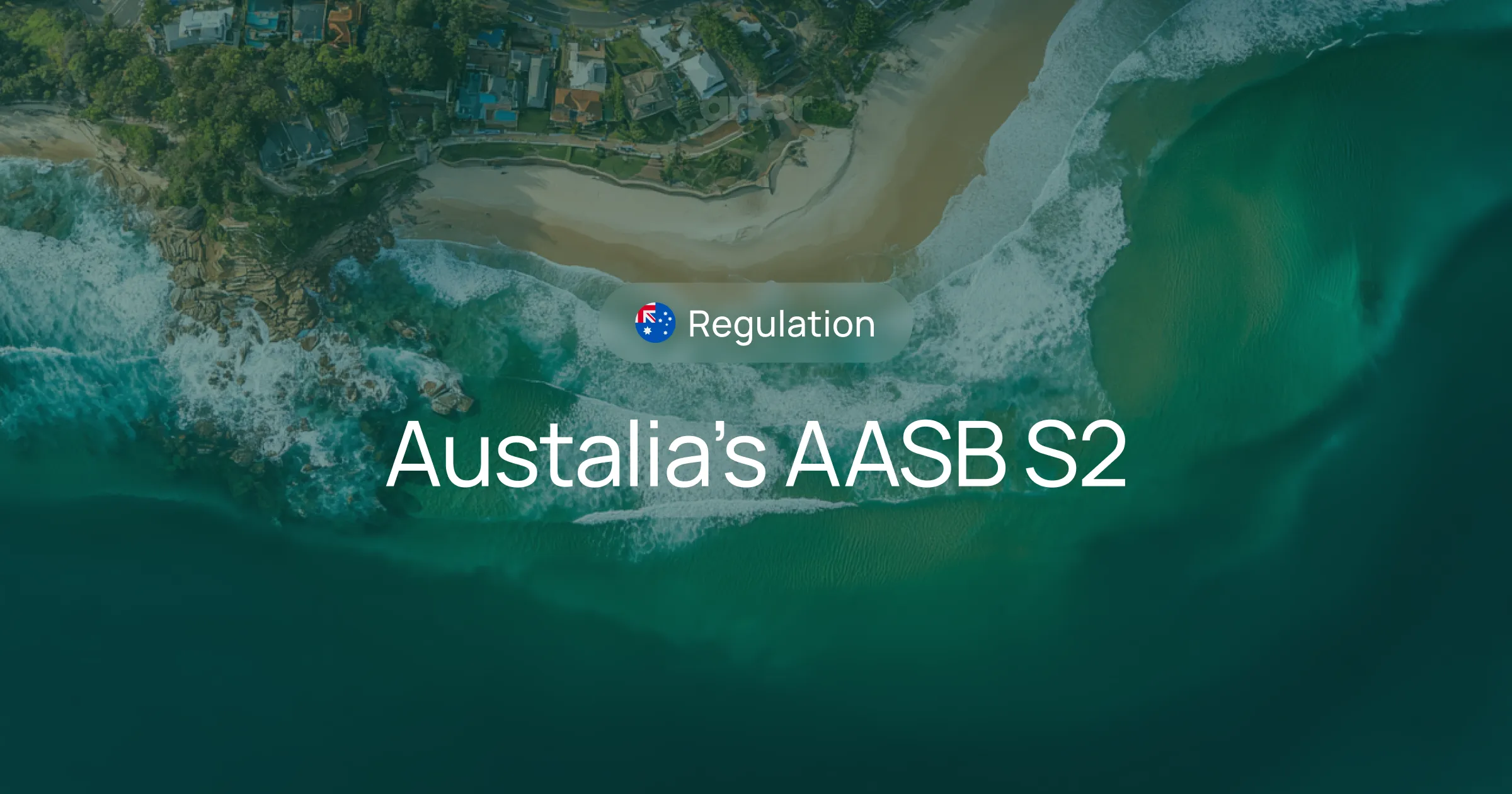
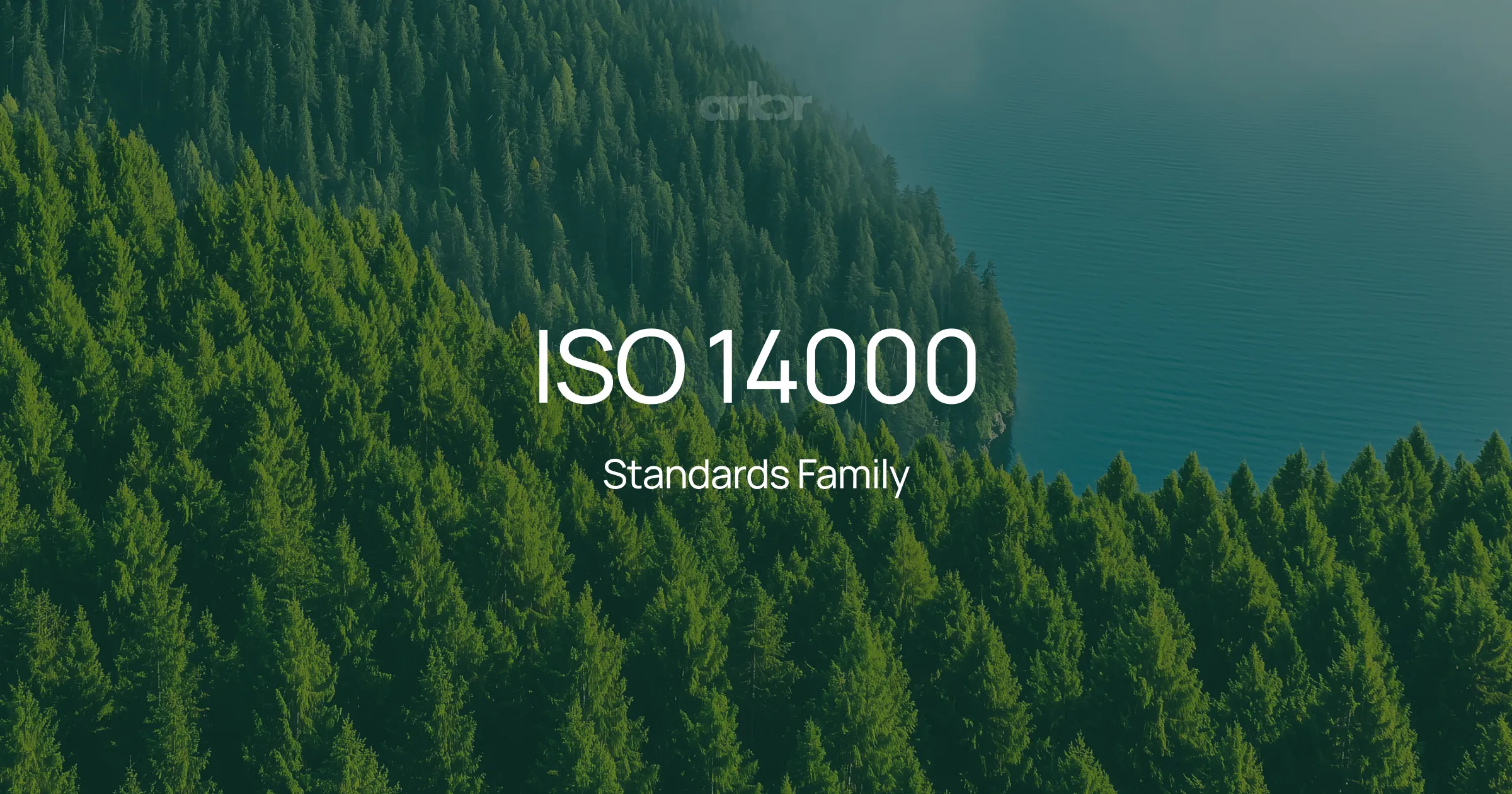
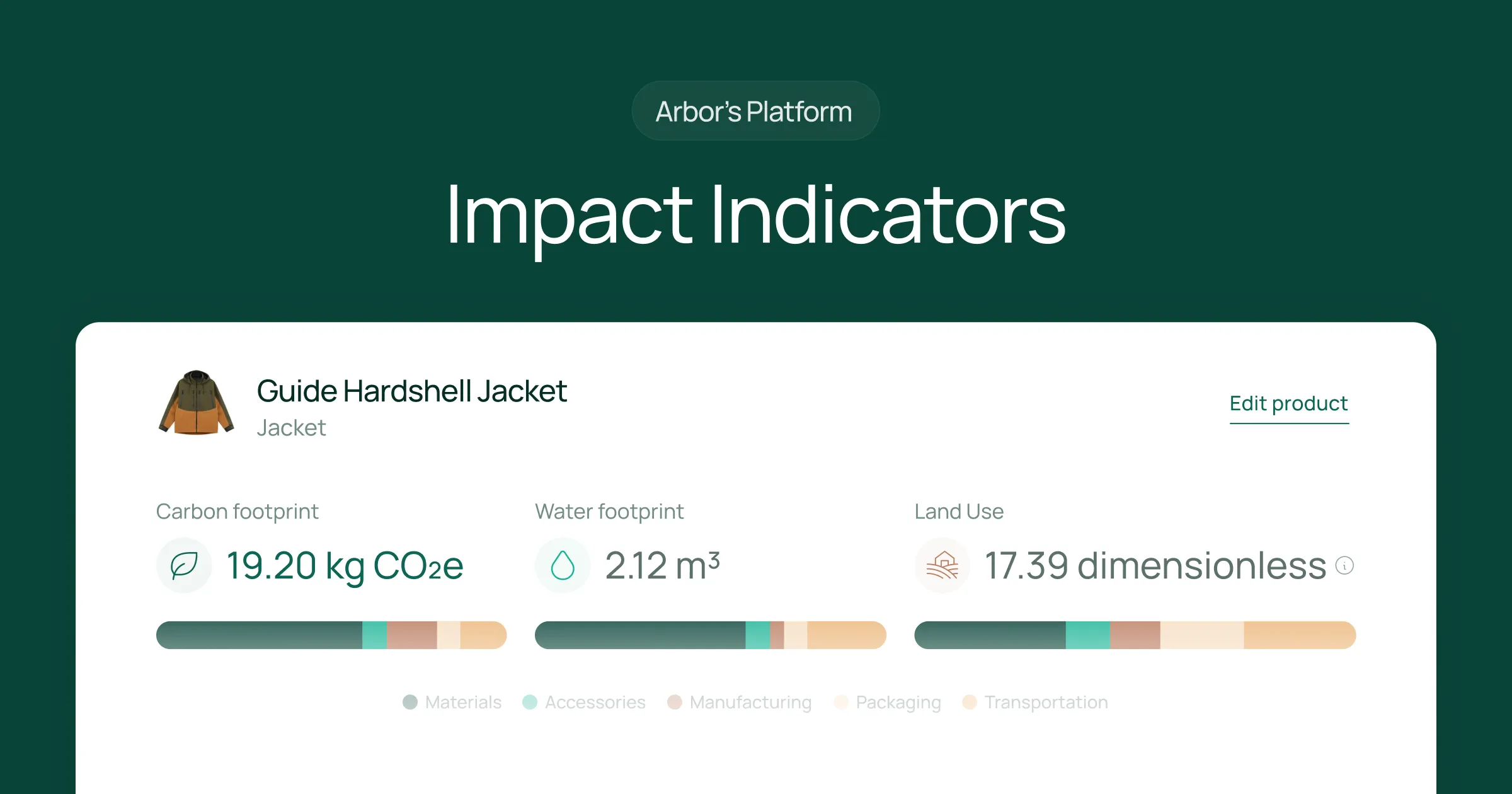
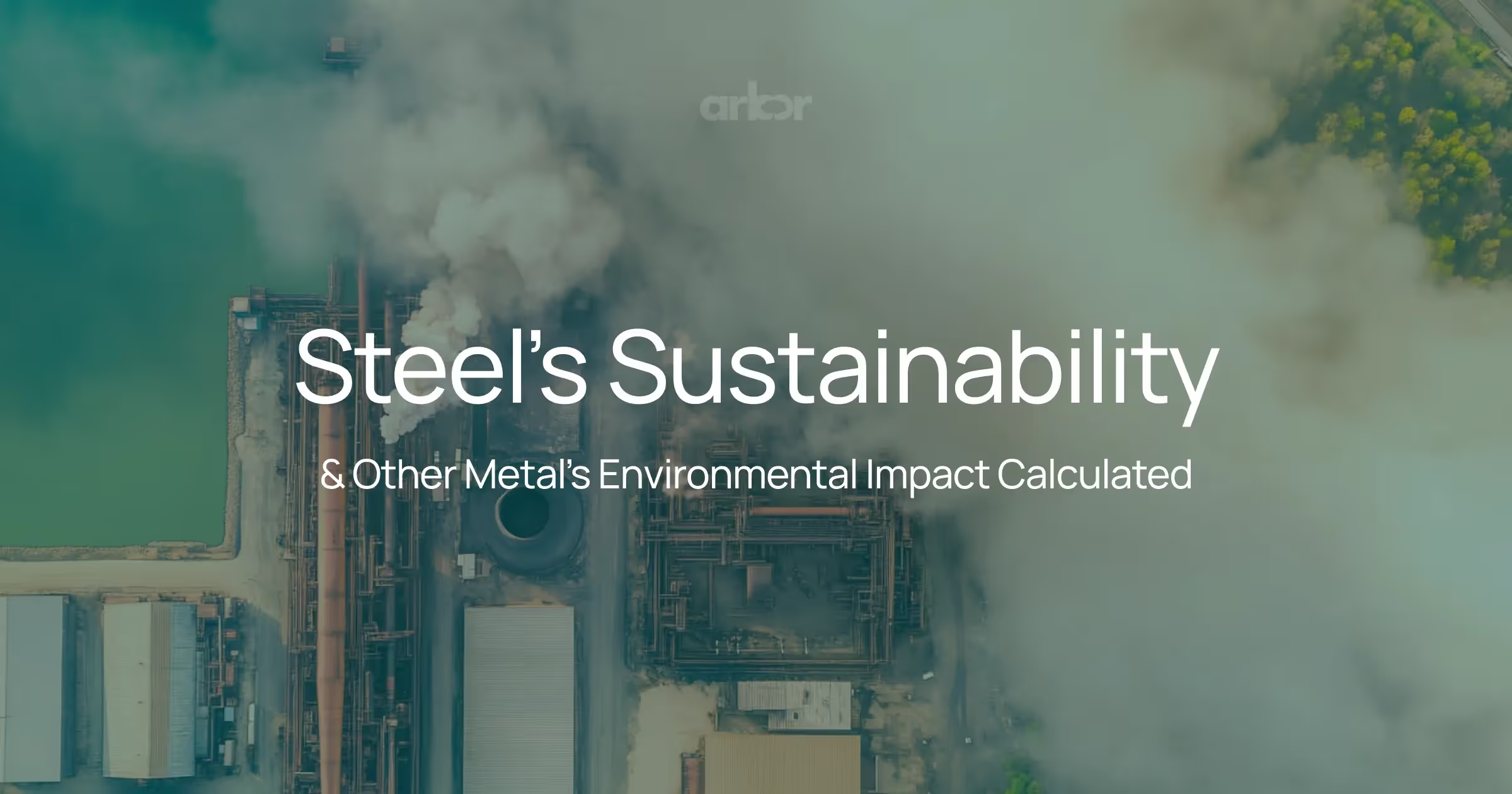

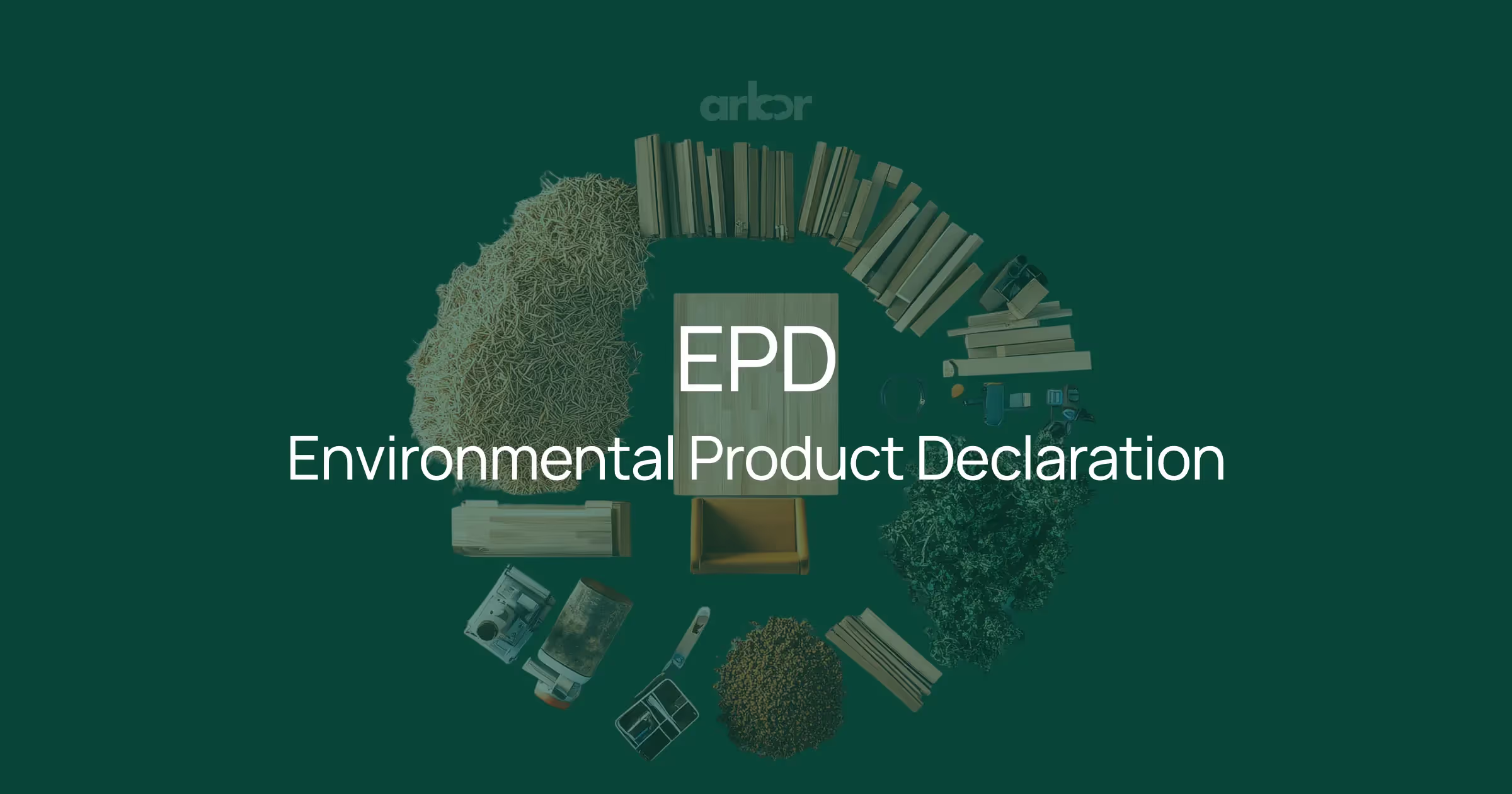

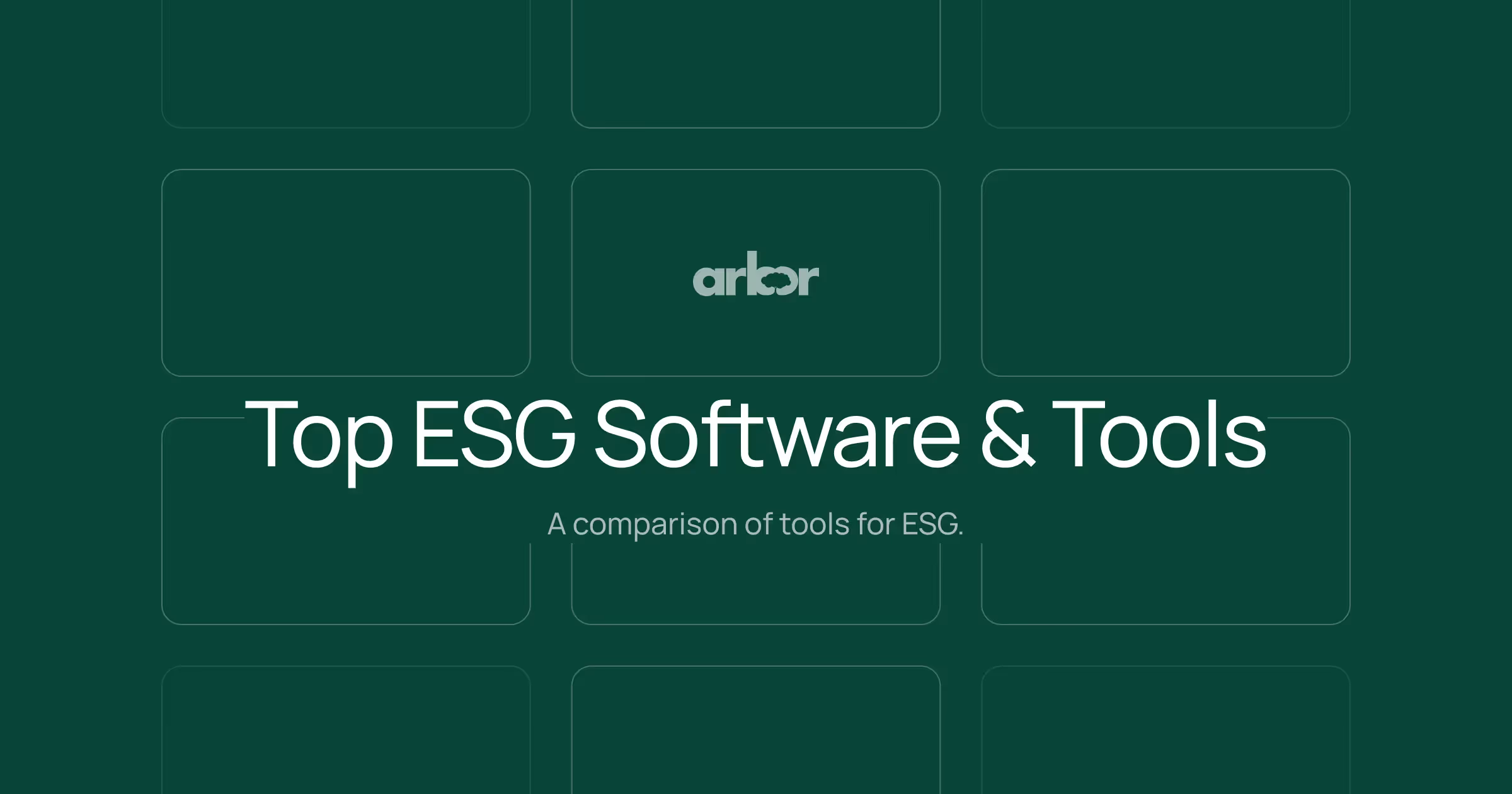
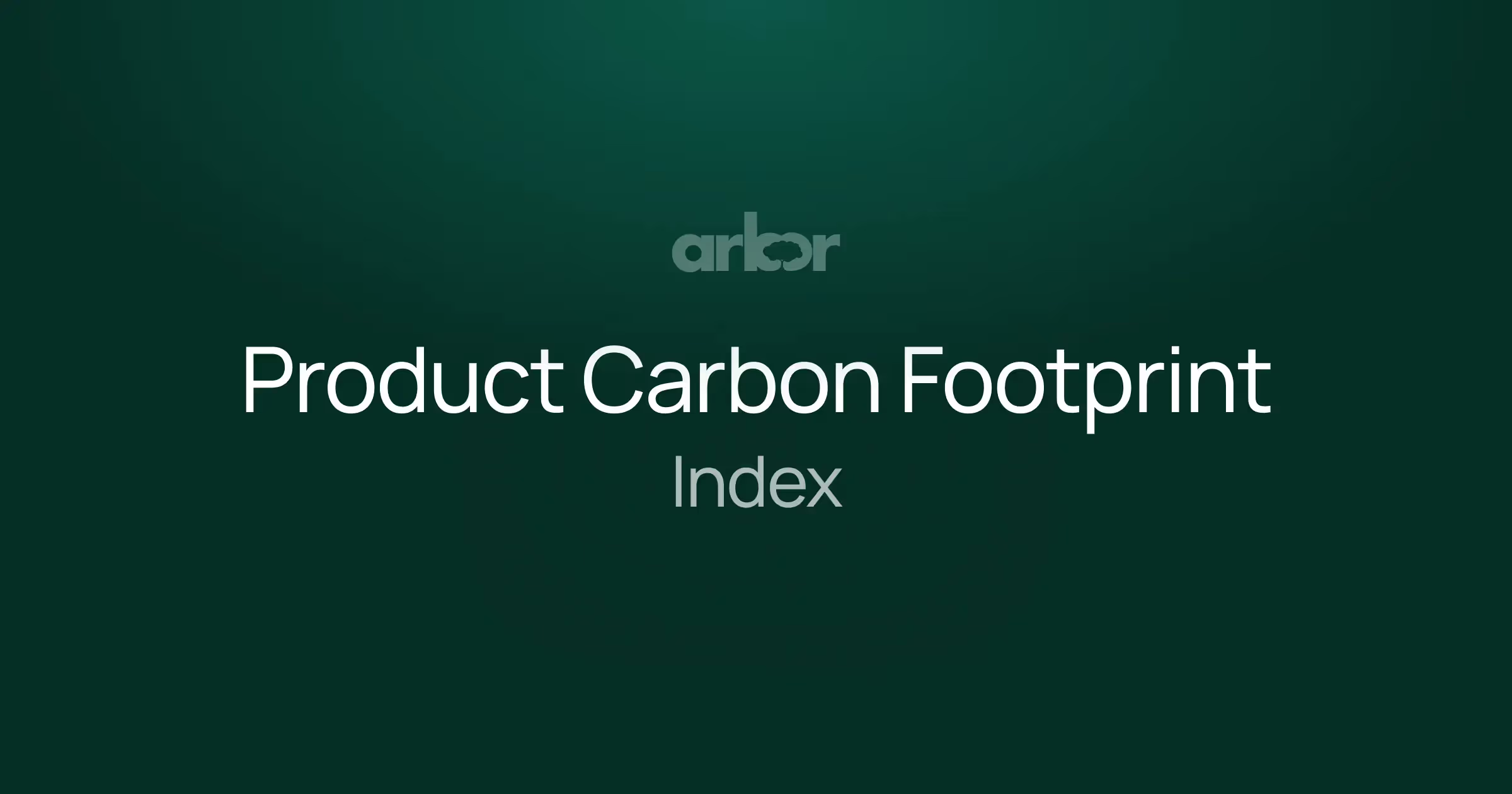
%20Arbor.avif)

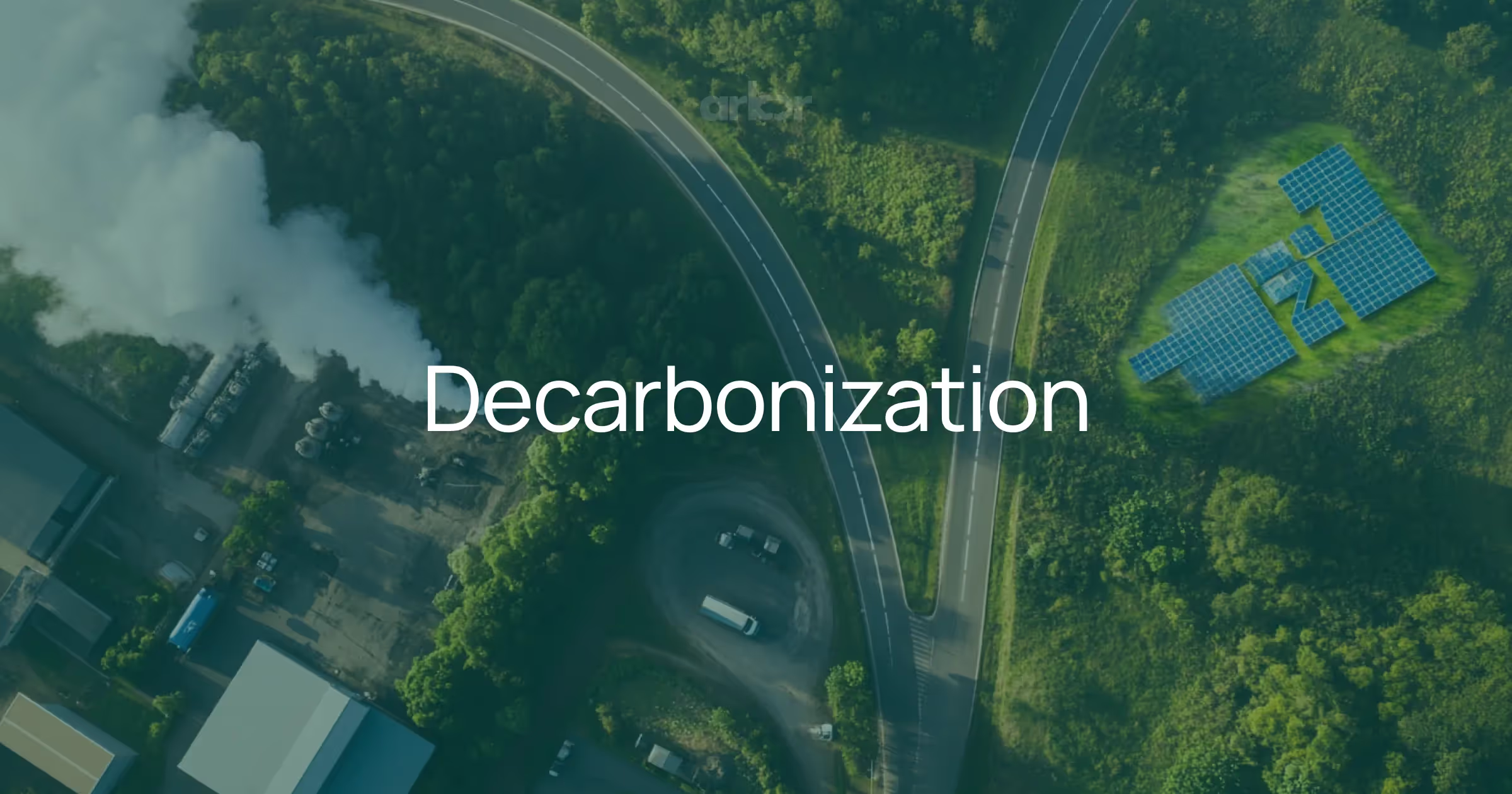

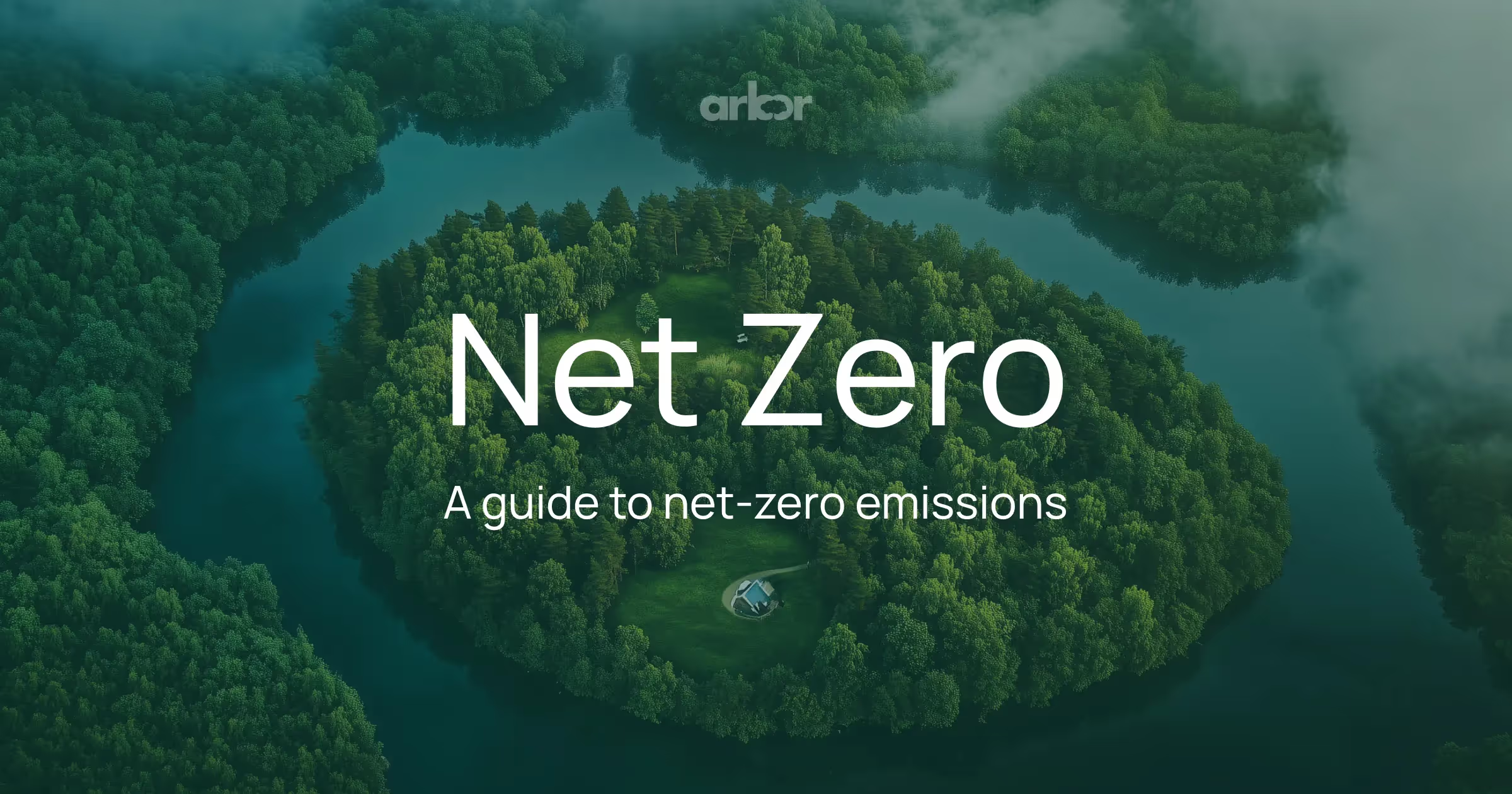
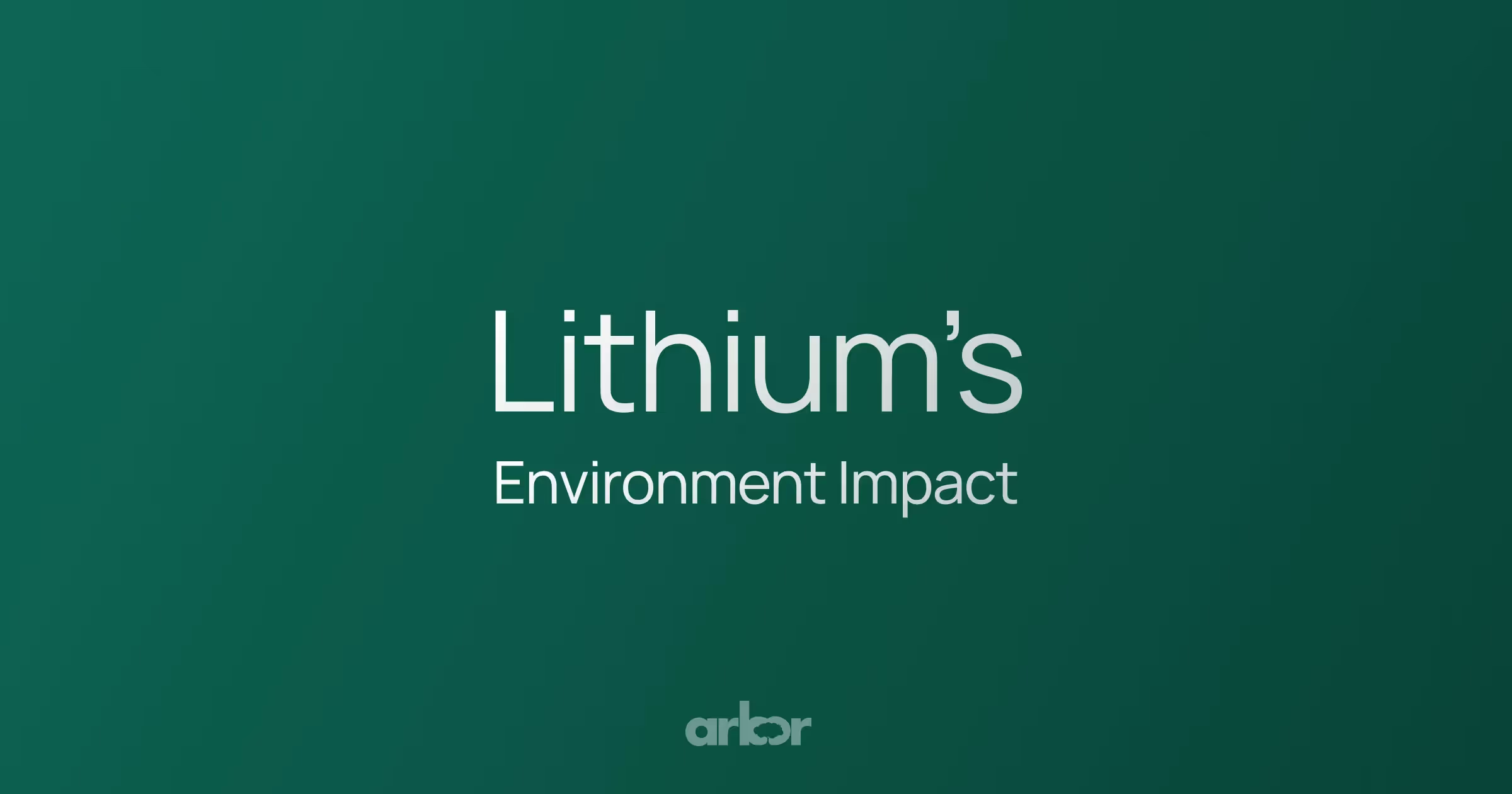
%20Arbor.avif)
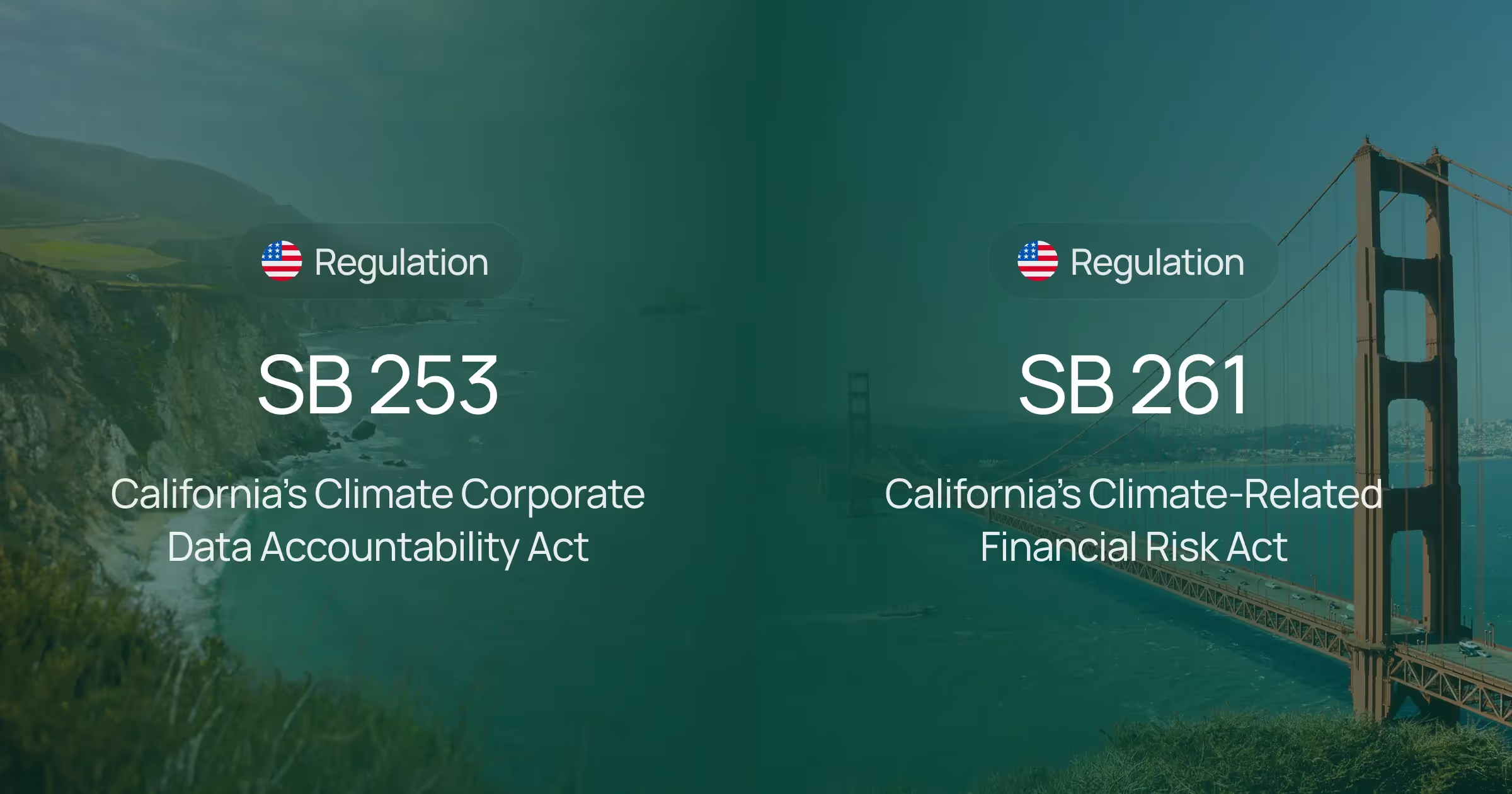
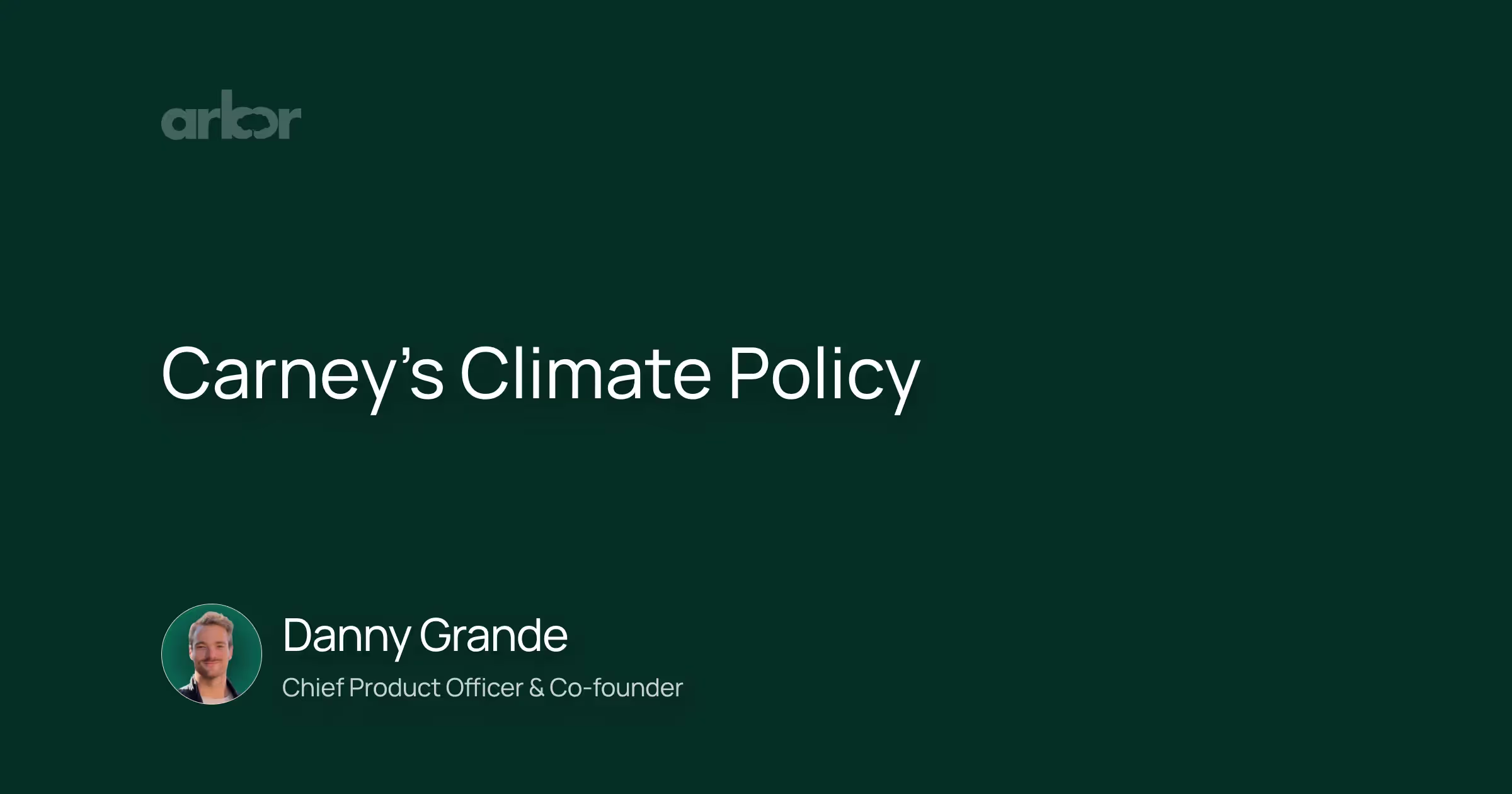
.avif)
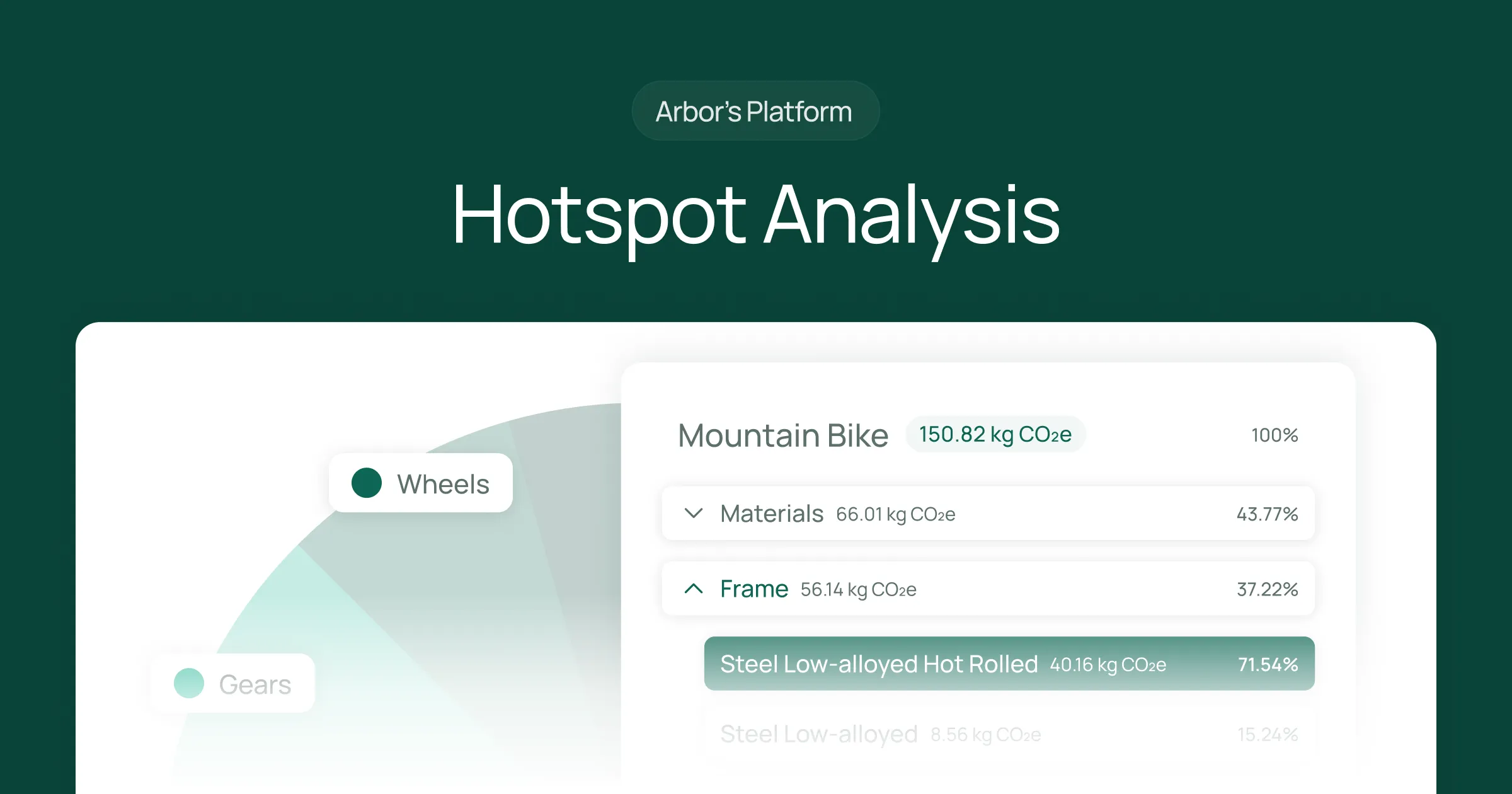
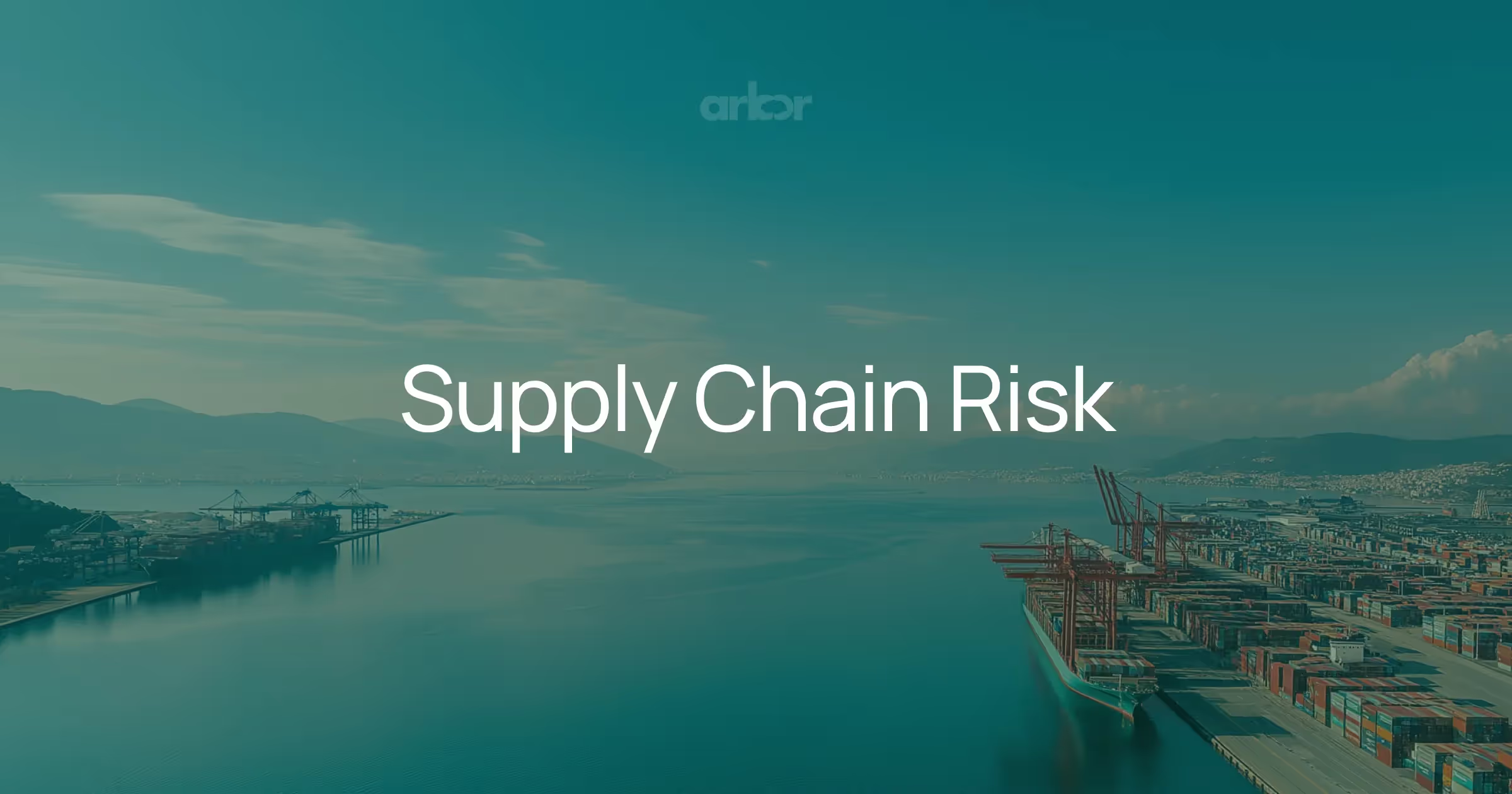


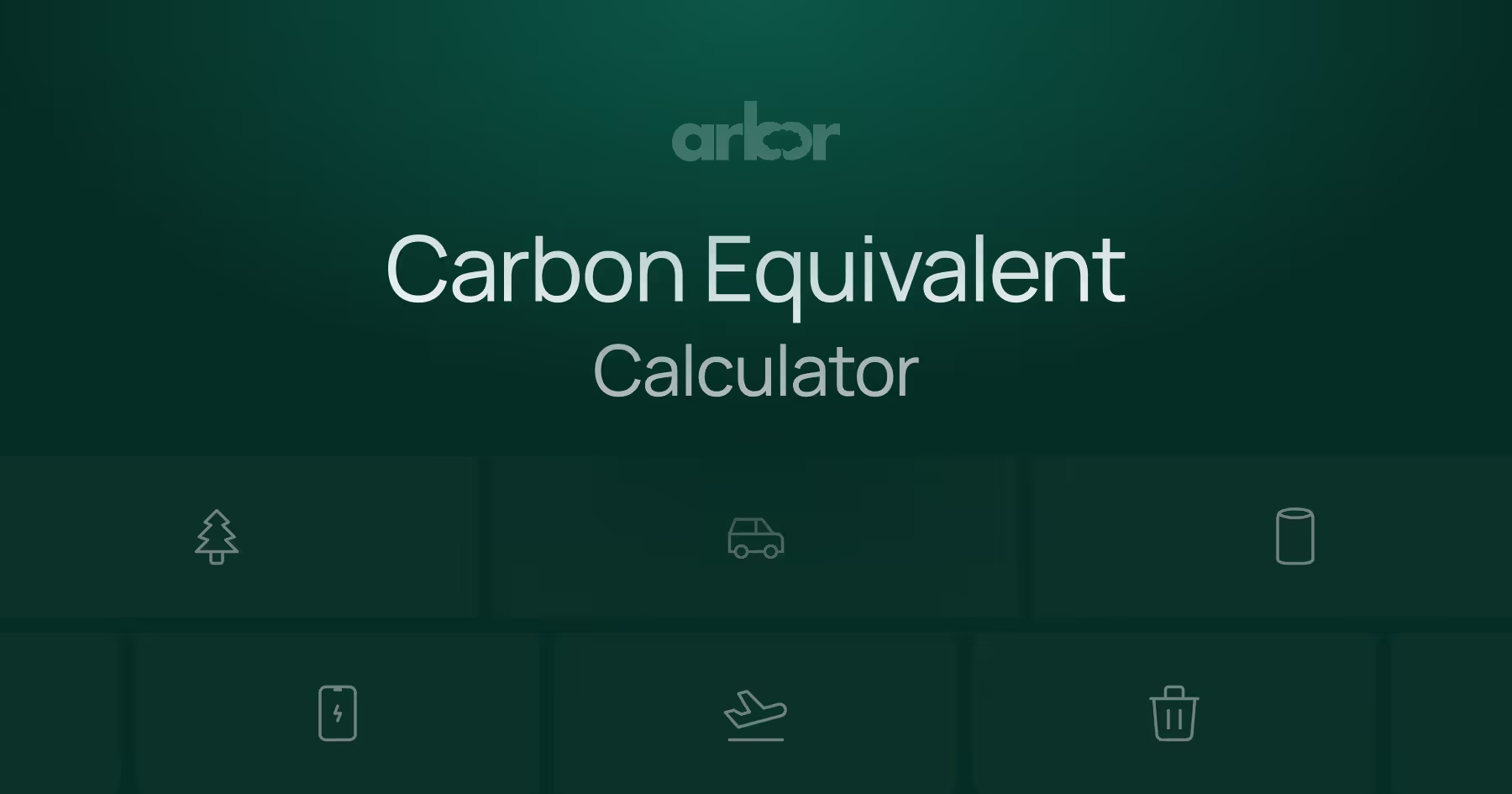
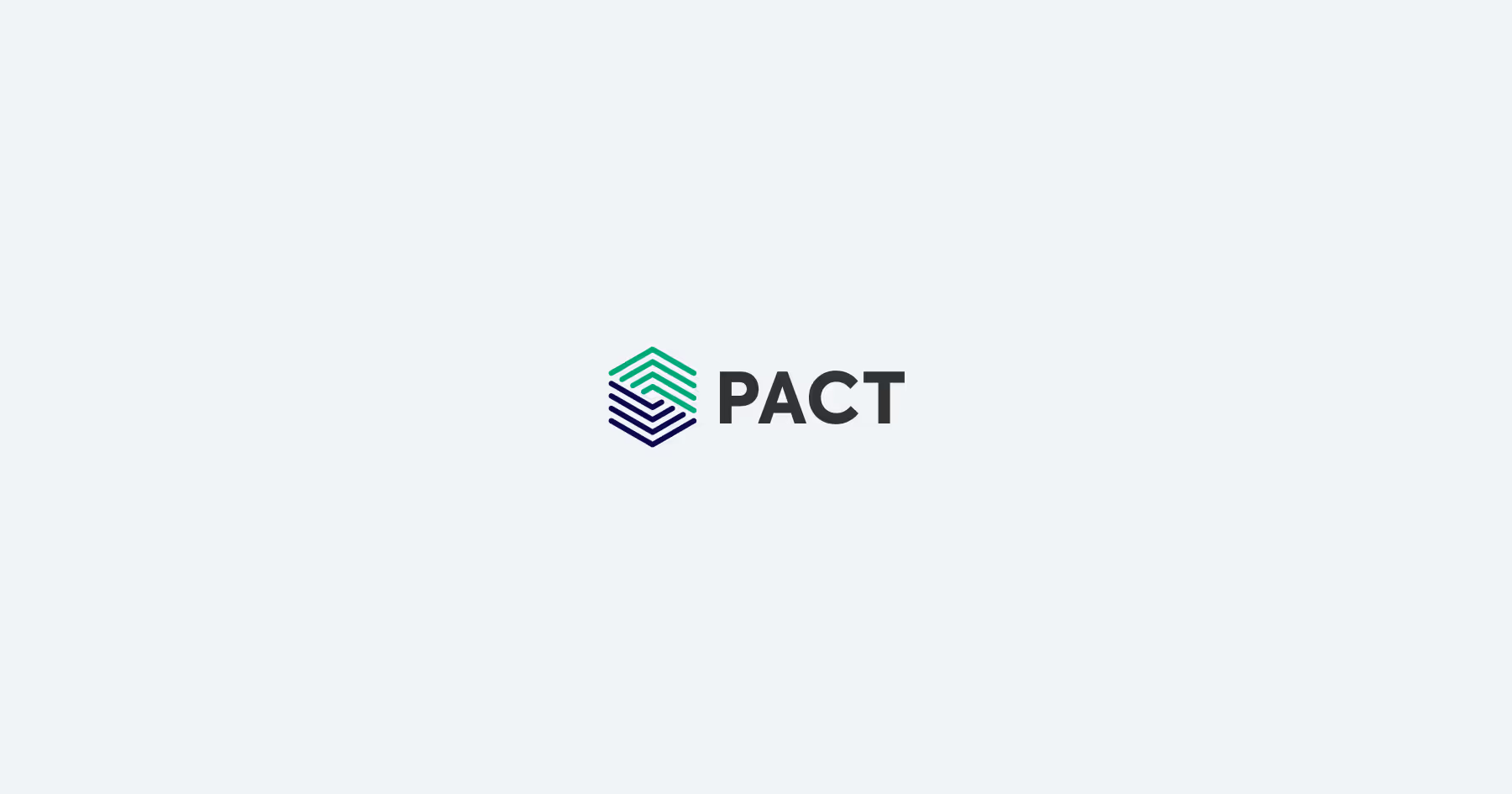
%20Arbor%20Canada.avif)
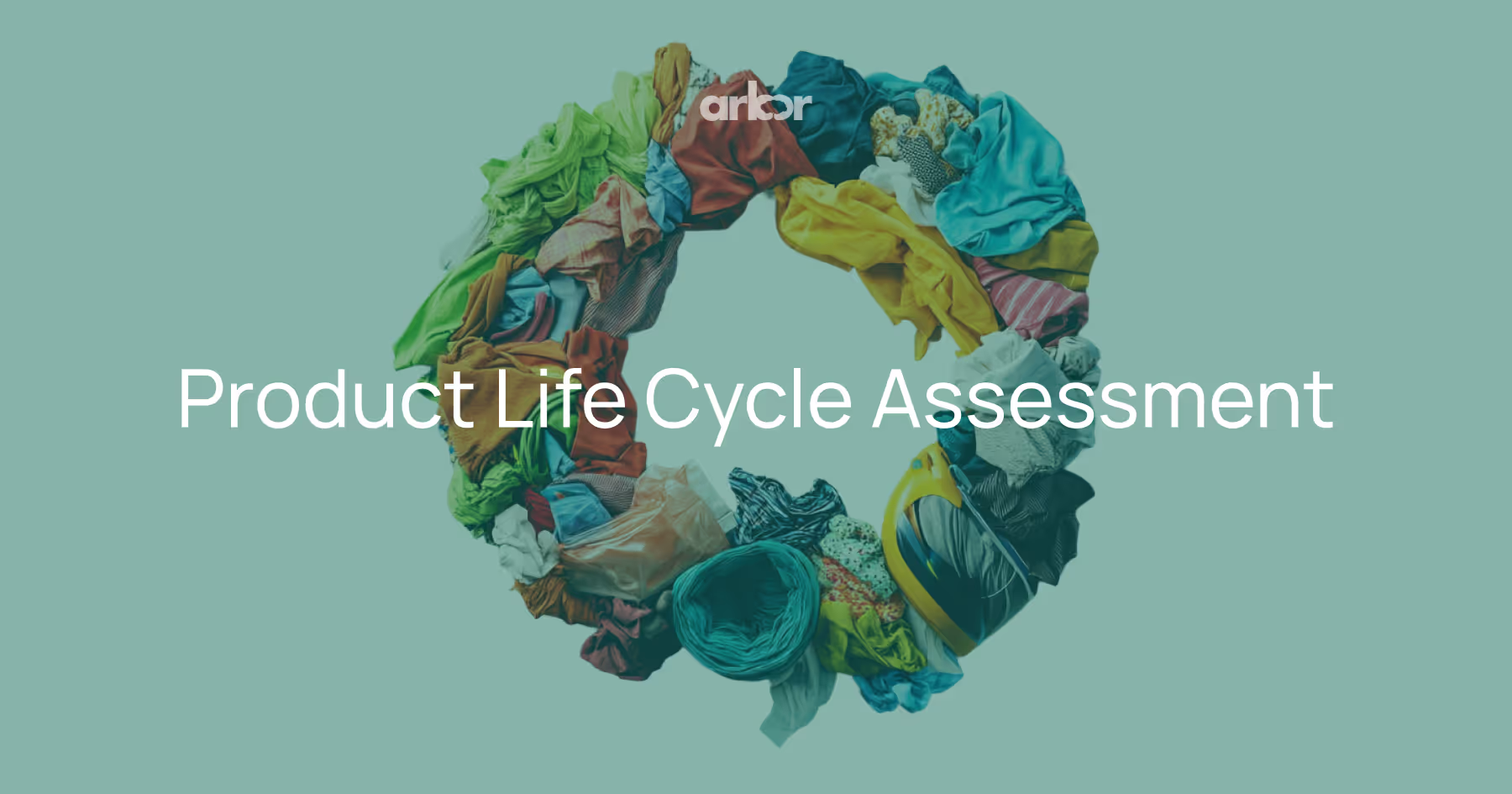
.avif)
%20Arbor.avif)
.avif)
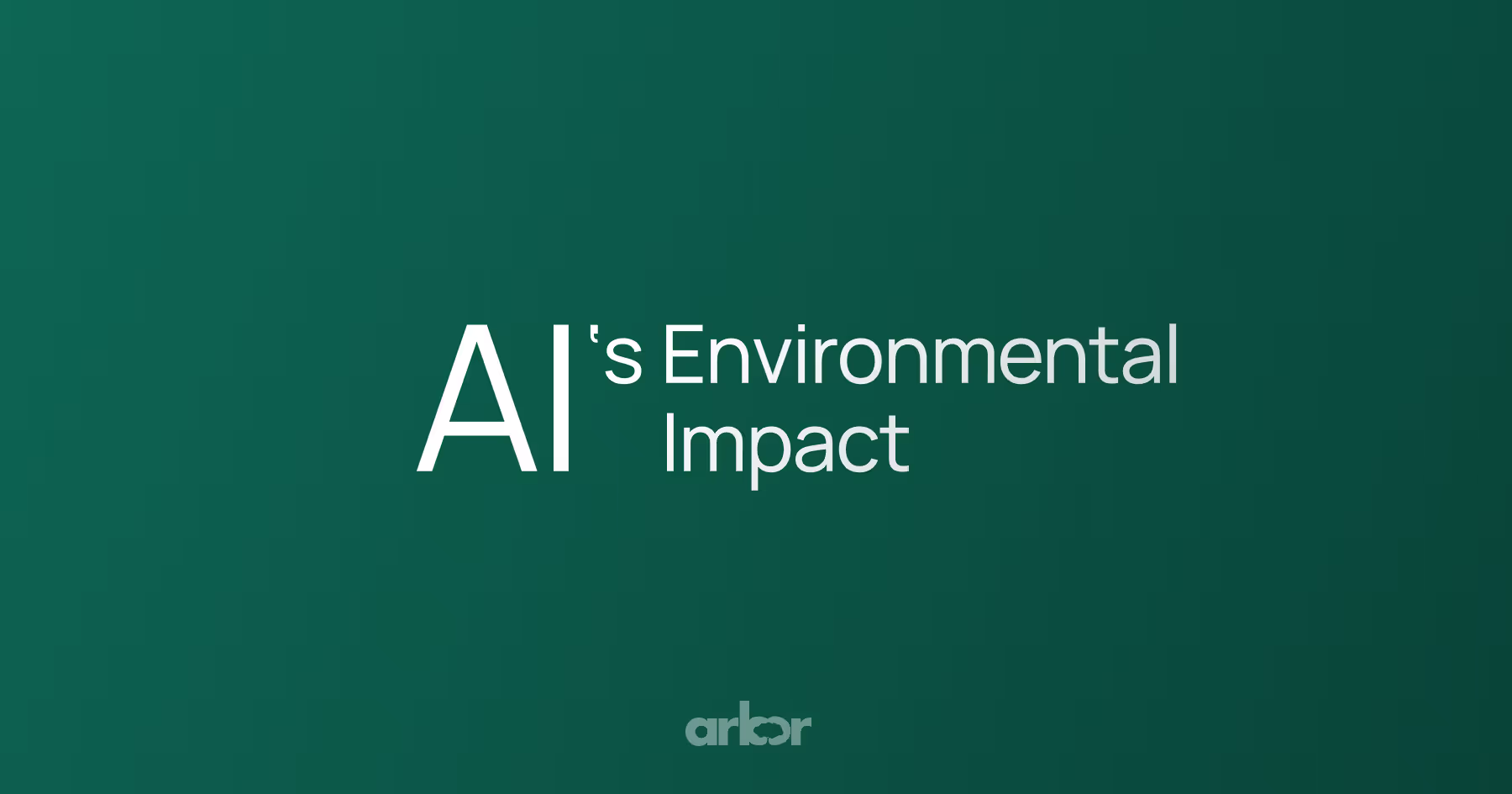





_.avif)
.avif)
%20Arbor.avif)




%20Software%20and%20Tools.avif)





.avif)
.avif)




%20EU%20Regulation.avif)





.avif)





.avif)

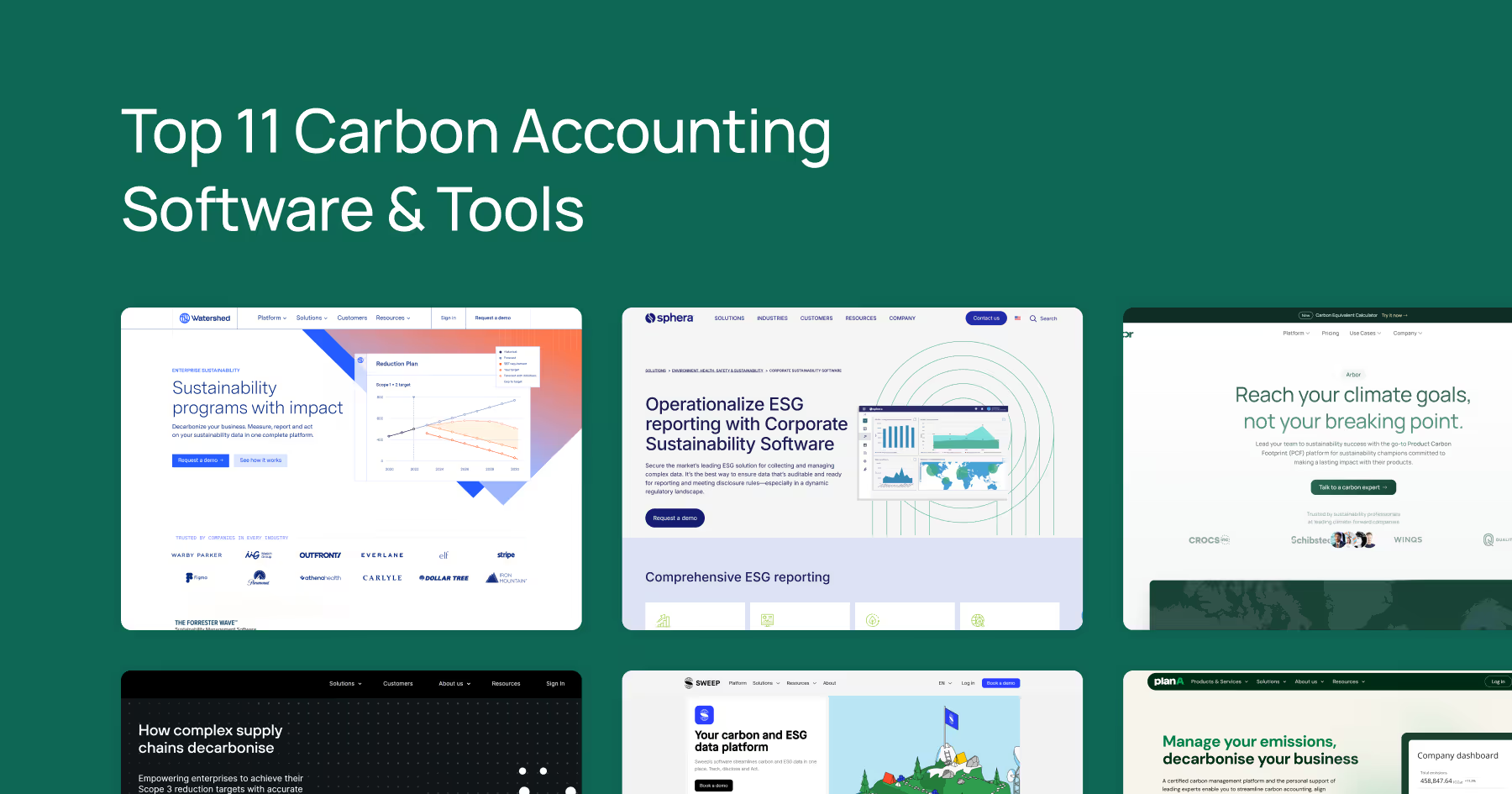














%20Arbor.avif)




.avif)














